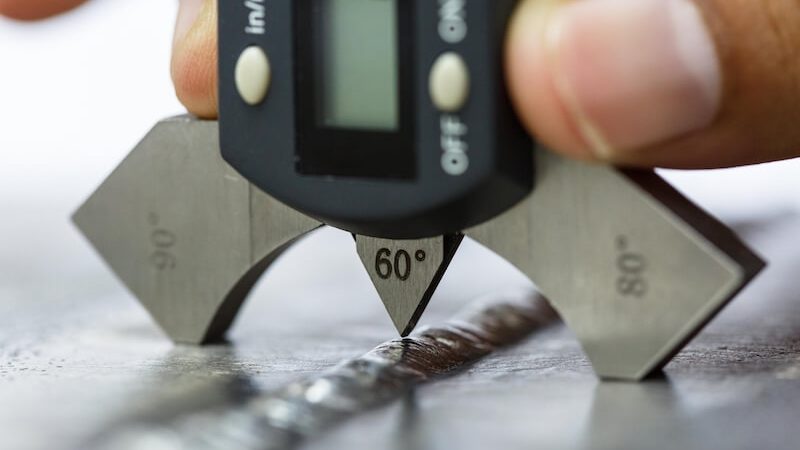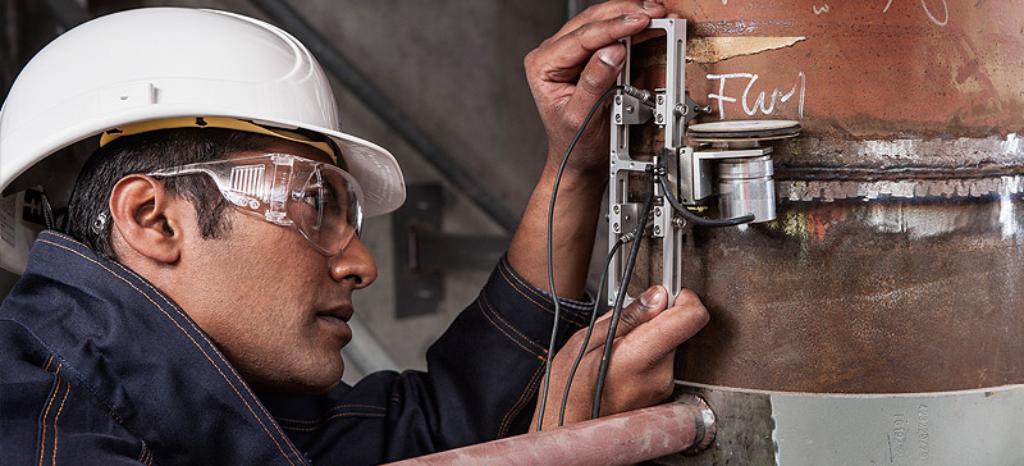How Welding Inspection Milwaukee Guarantees Safety and Quality in Your Tasks
How Welding Inspection Milwaukee Guarantees Safety and Quality in Your Tasks
Blog Article
A Comprehensive Overview to Welding Assessment Techniques and Best Practices for Quality Control in Manufacture Projects
Welding inspection offers as an essential pillar in making sure the architectural integrity and security of made projects. Utilizing a range of techniques-- ranging from visual assessments to sophisticated techniques like radiographic and ultrasonic testing-- supplies critical understandings into potential problems that might weaken stamina. Developing efficient techniques and a robust quality management system can enhance compliance and dependability. The complexities of these strategies and their implementation typically elevate relevant questions regarding the criteria and tools needed for optimum results. What certain methodologies will be most reliable in your tasks?
Relevance of Welding Examination
Welding inspection is a crucial element in guaranteeing the integrity and security of welded structures. The procedure involves a systematic analysis of welds to recognize any kind of issues that might jeopardize the stamina and sturdiness of the end product. Reliable assessment is necessary not just for compliance with market criteria and regulations however additionally for guarding the health and wellness of personnel and the public.

Additionally, welding evaluation serves as a valuable tool for continual improvement in manufacture procedures. Eventually, prioritizing welding assessment fosters a society of high quality assurance, making certain that jobs fulfill both customer expectations and regulative demands.
Typical Welding Evaluation Methods
Different techniques are utilized to check welds, each customized to identify specific sorts of issues and make sure high quality. Among the most typically used techniques are aesthetic inspection, ultrasonic testing, radiographic screening, magnetic bit testing, and color penetrant screening.
Aesthetic evaluation is one of the most uncomplicated method, enabling inspectors to determine surface area irregularities such as cracks, porosity, and damaging. Ultrasonic screening uses high-frequency acoustic waves to spot internal imperfections, offering an extensive evaluation of weld honesty. Radiographic screening uses X-rays or gamma rays to create pictures of the weld, disclosing inner issues that are not noticeable to the nude eye.
Magnetic bit screening is specifically efficient for ferromagnetic materials, recognizing surface area and near-surface issues by using electromagnetic fields and utilizing fine bits that show abnormalities. Color penetrant screening includes using a colored dye to the weld surface, which permeates into splits and is revealed under ultraviolet light, making it simple to spot defects.
Each of these strategies plays a critical duty in preserving welding top quality, and the choice of a proper approach depends upon the specific demands of the manufacture job, including product type, weld arrangement, and the preferred level of inspection.
Necessary Inspection Tools


Measuring tools, consisting of calipers, assesses, and leaders, are important for confirming dimensions and tolerances. These instruments aid ensure that welds meet the needed specs for stamina and longevity. Additionally, ultrasonic testing devices are utilized to discover internal defects without endangering the integrity of the weld. This non-destructive testing method is important for determining issues that may not show up on the surface.
Another indispensable device is the solidity tester, which assesses the mechanical buildings of a weld and establishes its viability for certain applications. Welding assessment software help in recording try here searchings for, promoting data evaluation, and ensuring compliance with sector criteria. Together, these crucial evaluation tools develop a comprehensive toolbox that supports the welding examination procedure, inevitably adding to the high quality assurance of manufacture jobs.
Best Practices for Top Quality Guarantee
In the pursuit of quality control, carrying out finest practices is essential for attaining trustworthy and consistent welding results. Developing a thorough welding high quality monitoring system (WQMS) is essential. This system needs to include specified procedures, requirements, and documentation techniques that direct every phase of the welding process.
Routine training and accreditation of welding workers are critical. index Competent welders with updated expertise of methods and precaution contribute significantly to quality. Performing pre-welding inspections guarantees that materials and devices satisfy specified criteria, lowering the probability of flaws.
Including real-time tracking throughout the welding process enables prompt discovery of irregularities, allowing restorative actions to be taken immediately. Post-welding inspections, consisting of visual checks and non-destructive testing (NDT), are vital in confirming weld stability and compliance with industry requirements.
In addition, preserving meticulous documents of assessments, weld specifications, and rehabilitative activities promotes a society of accountability and continual renovation. Involving stakeholders in normal top quality reviews can likewise improve the overall performance of quality control procedures. By adhering to these best practices, organizations can considerably elevate their welding top quality assurance efforts, thereby guaranteeing job success and customer satisfaction.
Enhancing Safety And Security and Conformity
Accomplishing high criteria in welding quality control normally lines up with the important of improving safety and compliance within the sector. Effective welding evaluation methods are essential in making sure and recognizing prospective dangers that all processes follow regulative criteria. These methods not only serve to keep architectural honesty but also shield the health and wellness of workers involved in fabrication tasks.
Applying rigorous assessment protocols, such as aesthetic evaluations, non-destructive testing (NDT), and comprehensive documents, develops a culture of safety and liability. Training welders and inspectors in existing safety policies and best practices is necessary. This ensures that all staff member understand potential threats and are furnished to minimize them.
In addition, compliance with market standards, such as those established by the American Welding Culture (AWS) and the International Company for Standardization (ISO), is non-negotiable. Regular audits and evaluations help identify voids in security steps and advertise continual renovation - Welding Inspection Milwaukee. Eventually, a commitment to improving safety and security and compliance these details not just promotes a more secure working environment yet additionally brings about premium high quality outcomes and minimized liability for companies participated in welding manufacture
Conclusion

Welding assessment serves as a fundamental column in guaranteeing the architectural stability and safety of fabricated jobs.Welding inspection is a vital element in making certain the honesty and safety of bonded structures. Inevitably, focusing on welding examination promotes a society of top quality assurance, ensuring that projects fulfill both client expectations and regulatory demands. With each other, these crucial assessment devices create a thorough toolbox that supports the welding examination process, ultimately contributing to the top quality guarantee of manufacture projects.
In conclusion, efficient welding evaluation is necessary for making sure the structural stability and safety and security of produced projects. Welding Inspection Milwaukee.
Report this page